Last week, graduate student Michael J. LaCour was in the news for allegedly making up data. The results were published in Science. LaCour’s co-author Donald Green requested a retraction, but the paper stayed while the request was considered. Today, Science formally fulfilled the request.
Read More
-
-
Those who grow up in poorer families are less likely to go to college, and those who grow up in richer families are more likely. The question is: How much does the likelihood of college attendance increase as family income increases? Gregor Aisch, Amanda Cox, and Kevin Quealy for the Upshot ask you this question. Draw a curve on a blank chart, and then compare your guess to reality and other readers’ guesses.
Read More -
It’s difficult to grasp the severity of homicide around the world. Homicide Monitor attempts to at least provide a little bit of sense of what’s going on.
Read More -
Millions of peopled died during World War II, but it’s difficult to grasp what all the big numbers associated with the war mean. Neil Halloran explains in The Fallen of World War II, a hybrid between interactive visualization and documentary.
Read More -
Maybe you’ve waited at a bus stop for longer than usual, and your bus finally shows up. And then, immediately after, a second bus on the same route pulls up right behind. What gives? Why can’t they stay evenly spaced to improve everyone’s waiting time? Lewis Lehe provides an explanation in a small interactive game.
Read More -
I usually don’t read much into job and degree rankings. The criteria are often arbitrary based simply on data that happens to be available. Or, a bulk of the rankings are based on survey answers where the population is questionable or there is a strong bias towards a specific field. But Fortune got PayScale to rank the top graduate degrees and Statistics PhD came out as the best. So boom. I’ll take it.
The pay is similar to other STEM degrees but it’s the lower-than-average stress that puts Statistics at number one.
Woo hoo. Statistics doesn’t suck.
Maybe this is a good time to revisit my PhD survival guide. [Thanks to my ever so proud wife, Bea]
-
Which NBA basketball team is the greatest ever? Instead of a circular debate at the bar, Reuben Fischer-Baum and Nate Silver at FiveThirtyEight used the Elo rating system to rank teams over time.
Read More -
If you read the books or watched the movies, you get the sense that Frodo and Sam walked pretty far to toss that ring in the fire. Imgur user mattsawizard compared the journey distance with some rough real-life geography. The journey was 1,350 miles, which is kind of like walking from Los Angeles, California to Austin, Texas.
Read More -
Data art is on the rise. Jacoba Urist for the Atlantic gets into the beginnings and its current prevalence.
Art is a constant march of expansion, according to Harvey Molotch, a professor of sociology and metropolitan studies at New York University, whose research includes the sociology of art. Pop art incorporated comic books and ordinary soup cans. Edvard Munch’s expressionist painting, The Scream captured the anxiety and isolation of modern life. “Now there’s the digital self, the newest kid on the block and so of course, artists are there,” he explained. “Art and environment are very much in cahoots.”
A lot of good stuff and worth the read.
Although I’m not sure about the categorization of data artists in either the scientific data arena or quantified self one. I’m pretty sure it’s a much wider and continuous spectrum.
-
Hannah Fairfield, who does graphics at the New York Times, talks about using visualization to show specific narratives. Something more than just “here’s some data.”
Watch the talk -
Computers can calculate an infinite number of colors, but our brains can only process and see so much. This is why color spaces are important in visualization. Your code might dictate different shades, but they might look the same when you look at the visual.
And it’s why Scott Sievert explored the various spaces and provides an interactive for comparing various shades.
We see that certain color spaces are constrained by device limitations (RGB, HED). We see that other color spaces emphasize the pigments (HSV) or other elements like additive/subtractive color (LUV, LAB). We see that certain color spaces play nicely with addition and perform a smooth gradient between the two colors (XYZ, RGB
2 aka the method described above). -
Last month, This American Life ran a story about research that asked if you could change people’s mind about issues like same-sex marriage and abortion — with just a 22-minute conversation. The research was published in Science, but Donald Green asked the publication to retract the paper recently. It seems his co-author and UCLA graduate student, Michael LaCour, made up a lot of data.
Read More -
I was toying around with the idea of multivariate beer, where the ingredients varied by county demographics. Could I taste the difference? Here’s how the experiment went.
-
Since the 1970s, NASA has used satellites to take pictures of the Earth’s surface. This is an ongoing process, so when you string together the photos and play them out like a flip book, you see dramatic changes where cities boom, bodies of water dry up, and forests disappear. This is the motivation behind Earthshots, available for viewing via USGS.
Read More -
Think of time-lapse photography, and you imagine someone sets up a camera in a single spot to take photos at set periods of time. Researchers from the University of Washington and Google tried something else.
See it in action -
Force of Nature by FIELD is a running installation commissioned by Nike. It uses data fed from Kinect and sensors hooked up to a treadmill to create an experience as if you were running through a sea of particles.
Watch the video -
With wearables and cheaper and advancing tech, the how part of personal data collection is fairly straightforward. So now we move into the more socially complex questions around privacy, money, and usage. Ariana Eunjung Cha for the Washington Post looks a bit closer at the quantified self.
Read More -
-
Here’s a straightforward animation that shows US county boundaries change between 1629 and 2000. You can also grab all the data from the Newberry Library site.
Watch video -
A while back, Nate Silver and Allison McCann for FiveThirtyEight estimated age based on a person’s name using a relatively straightforward calculation. Using data from the Social Security Administration, they looked at number of people given a name in a year and crossed that with actuarial tables for annual deaths.
Randal Olson turned that into an interactive name age calculator. Punch in a name. See the median age distribution.
Read More


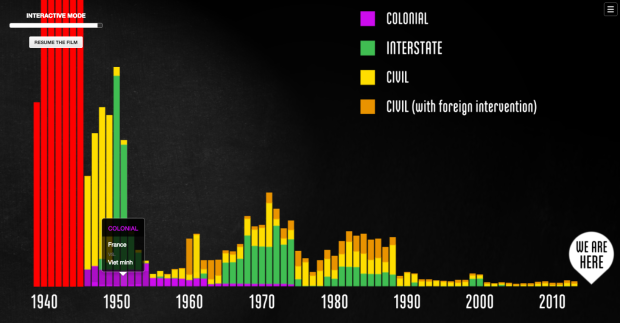

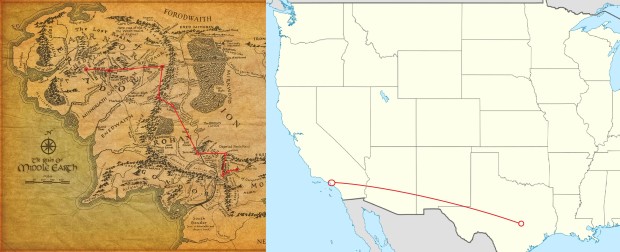
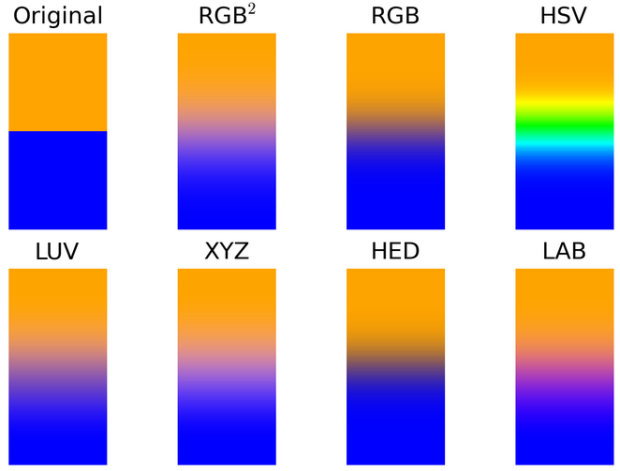
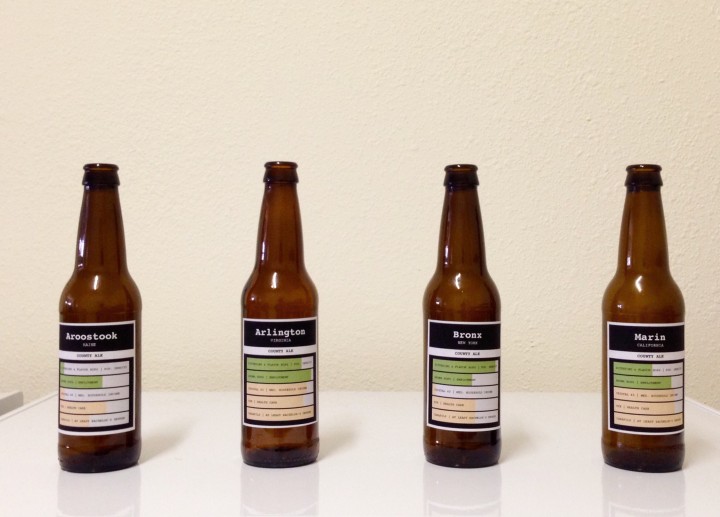

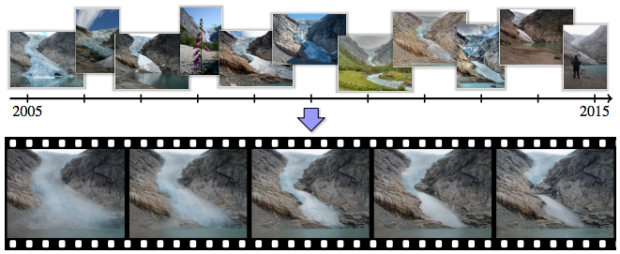
 Visualize This: The FlowingData Guide to Design, Visualization, and Statistics (2nd Edition)
Visualize This: The FlowingData Guide to Design, Visualization, and Statistics (2nd Edition)










